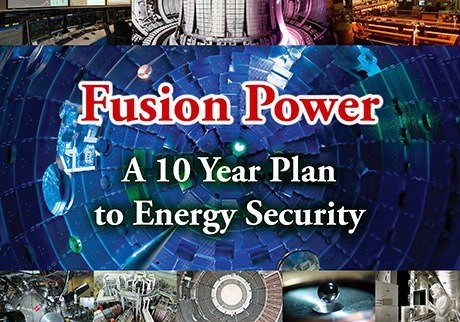
Students Making Progress at MIT’s Plasma Science and Fusion Center
An article from MIT’s Nuclear Science & Engineering Department highlight the importance of maintaining a world class fusion energy workforce. Young students like Zach Hartwig are pushing to bounds of knowledge in the field of fusion energy, making progress in developing materials that can handle the high pressures and temperatures in a magnetic fusion machine. These students will also be the fusion leaders in the future, and training the next-generation is essential to carrying the science and engineering forward. Yet, they face significant challenges due to funding cuts. From the article:
One important area of inquiry is the interaction between the confined plasma and the materials inside the tokamak’s high-vacuum chamber. “The plasma and the chamber walls are a coupled system,” explains Hartwig. “C-Mod’s wall tiles and other plasma-facing components are made from robust refractory metals, like molybdenum, but we’re pushing their material limits by exposing them to enormous heat, charged-particle, and neutron fluxes that can cause severe surface modifications.”
Understanding how these components behave during ongoing reactor operation is intimately tied to several grand challenges still facing fusion — maintaining and controlling steady-state burning plasmas, mitigating deleterious effects of plasma-material interactions, and minimizing required maintenance. But until now, it has been effectively impossible to make routine, comprehensive measurements of plasma-facing materials in the hostile and inaccessible environment of a tokamak chamber.
And on the policy front:
He also organized a 2012 trip for 11 NSE fusion students to Washington, DC, where they met with 30 House and Senate offices. On the agenda: the need to maintain a world-leading domestic fusion energy research program amidst tightening federal budgets and increased U.S. commitments to international fusion experiments. In this environment, says Hartwig, scientists must actively communicate the value of their work to the public and policymakers and make the case for ongoing funding.
“It’s increasingly important for scientists to understand the policy environment,” notes Hartwig, who is considering service as a science advisor in government post-doctorate. “Policymakers rarely meet young scientists. If you show up, tell them about your work and why it’s important, and thank them for supporting it, that personal connection makes quite a big impact.”
To read the full article, click here.





